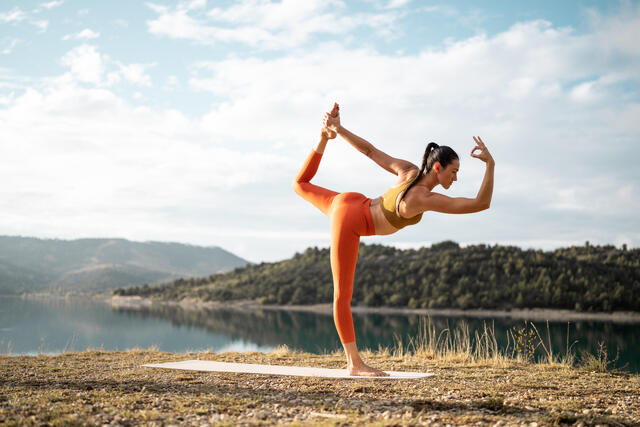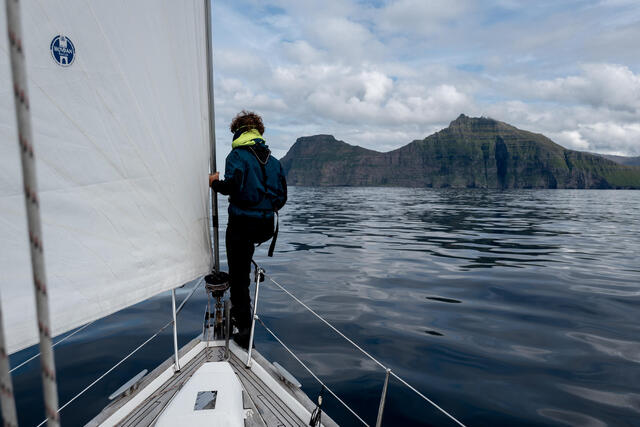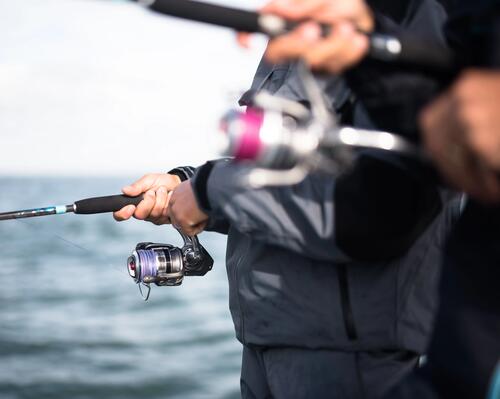These rightly come under essentials, as the care of the fish is the main concern of most carp anglers. Carp can live for many years, can be caught several times and many even have names. So for the sake of the creature itself, and your fellow anglers who may catch it again someday, some items of equipment are imperative to ensure the fish is returned healthy and undamaged.
Unhooking mats and cradles
Often the fish can be unhooked in the net – which is always the best option. But for those that can’t, it’s important to carry a good-sized mat with plenty of padding and tall sides, where you can safely unhook fish without damaging them. Even better, invest in a cradle, which will support the carp’s weight off the ground.
Fish antiseptic
This is to be applied if you see any damaged or loose scales.
Terminal Tackle
Now we’re getting to the clever stuff – how you actually fool these smart, shy and discerning animals. Don’t believe what you read about fish having 3-second memories. The carp you encounter in lakes can be 10, 20, even 60 years old – so they’ve been doing this a lot longer than you – and they can have the memory of an elephant.
Your terminal tackle is all the stuff between the rod/reel and the fish itself, so as you can imagine, it’s important to get this right – because the only thing worse than not catching anything, is hooking a fish and losing it.
Mainline
This is the line you wind on to your reel. As you get more advanced, you may want to try fluorocarbon or braided mainlines, which don’t stretch – meaning you’re more likely to detect the more subtle takes. But the type you’re looking for as a beginner to carp fishing is called ‘monofilament’. A breaking strain of 12lb is usually ideal – not too thick (which could put fish off), but strong enough to withstand the fight from a decent-sized carp. However, always ask for advice at the lake where you’re going to fish, because if it has a weedy or snaggy bottom, you may need to beef up to a 15lb line.
Rigs
Your ‘rig’ is the means of attaching the hook/bait to the mainline. As you gain experience, you can make your own, but it’s fiddly, and the quality of ready-made rigs is so high, that you’re best sticking with shop-bought set-ups.
What type of rig?
Well, it can be as simple or as complicated as you want to make it, but carp fishing, for beginners, is more enjoyable when it’s kept simple.
You’ll see hundreds of different rigs mentioned, but they’re all pretty much variations on the three basic rig types. Make sure you have a few of each in your tackle box, as you’ll lose one or two in the average session.
Bolt Rig
For fishing on hard-bottomed lakes. The lead sits on the bottom with a line coming off it leading to the hook. As the fish takes the bait, it feels no resistance at first, and then as it feels the weight, it “bolts” in panic and hooks itself.
Chod Rig
For softer, ‘choddy’-bottomed lakes where the lead sinks into the silt. Choddy means covered in weed or leaf debris.
Helicopter Rig
Otherwise known as a ‘hinged’ rig, this comprises a ‘bomb’ lead with a swivel attached to a length of nylon which spins around the lead, allowing the baited hook to move more naturally with the current.
Baiting needles and drills
Essential for putting your bait on the rig. It’s best to carry a variety of sizes (for threading a single boilie up to multiple baits), and a Baiting Drill for hard baits. And take our word for it – if you break one (even stainless steel ones can snap in cold weather) you can’t fish, so always carry a spare.
Boilie stops
To hold your bait securely in place. Carry a few different colours to match your bait.
Weights (Lead)
‘Bomb’ shapes are the most popular. The bigger they are, the further you can cast them. Carry a few different sizes.
Spare hooks
In case you snap or bend the hook at the end of your rig. Go for wide gape hooks (carp have big lips), and match the size with those on your rigs.
Swivels
Essential to stop your line spinning and tangling up. Carry some of the quick release type and some of the closed type.
Split shot/lead beads
You may need a little extra weight at different parts of your line, but not enough to justify another ‘bomb’ – so these little lead balls can be clipped onto the line wherever needed.
Bait
You can try all kinds of weird and wonderful baits, but to start with, you can’t go wrong with the tried and tested bait that catches fish of all sizes, on all kinds of lakes, all over the world - boilies.
What are boilies?
Boilies are special carp baits made with fishmeals, fruit, bird foods, proteins and attractive flavourings, usually mixed with eggs and formed into balls. You can buy them fresh or frozen in sizes from 10mm to 24mm. As a beginner, we’d suggest starting with 15mm boilies, in a variety of flavours, so you can try different ones to see what works on the day.
Make sure you take plenty. For a day trip, about 3lb of boilies should be more than enough.






















